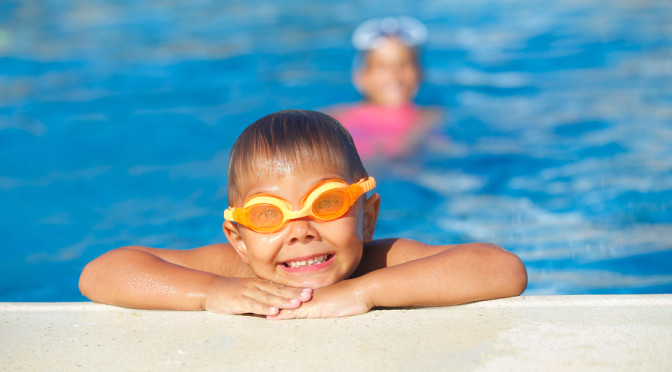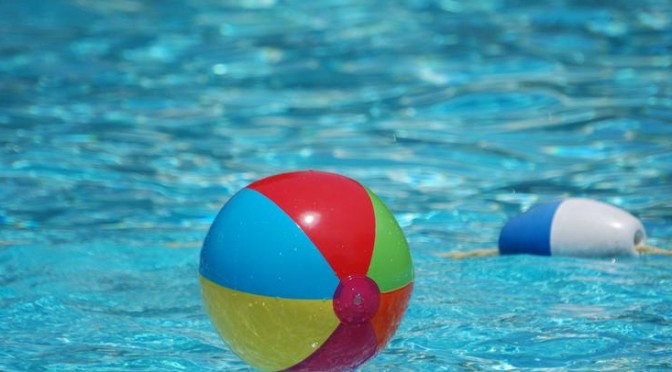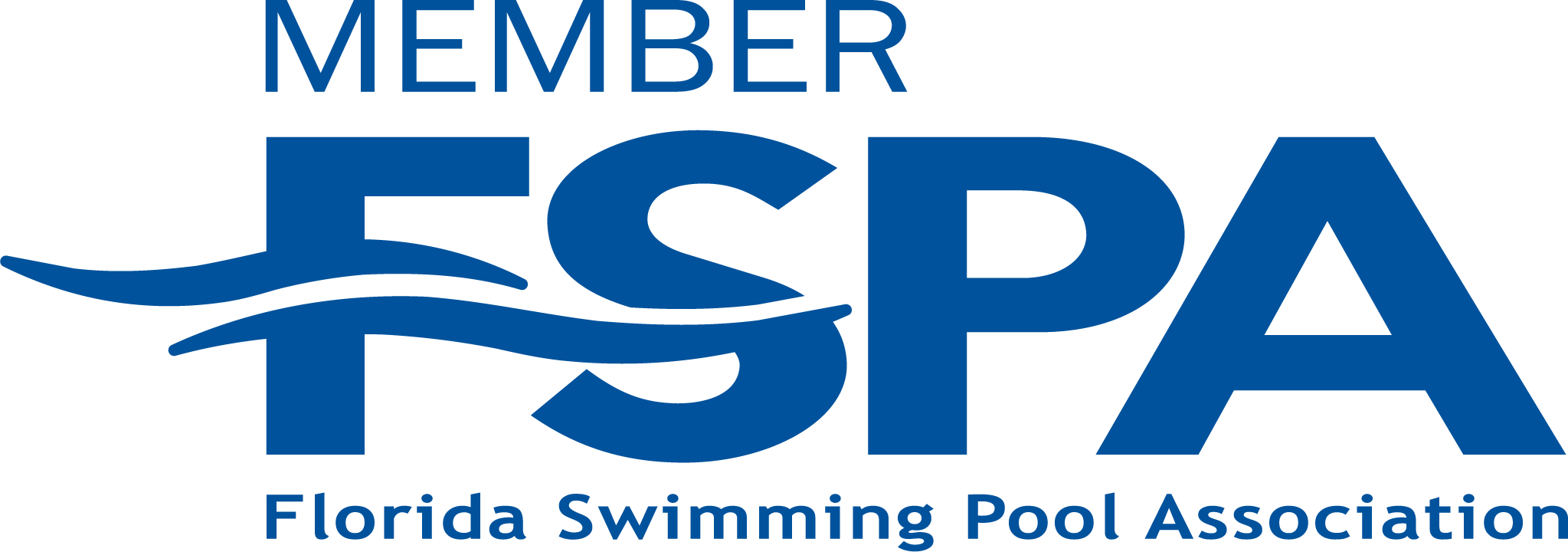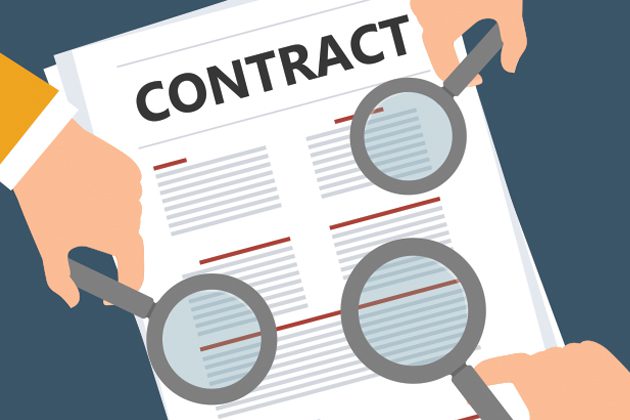The National Council on Skin Cancer Prevention reminds you to enjoy the outdoors safely. They have named the Friday before Memorial Day Don’t Fry Day.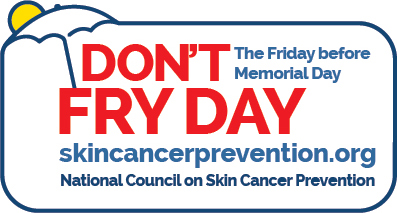
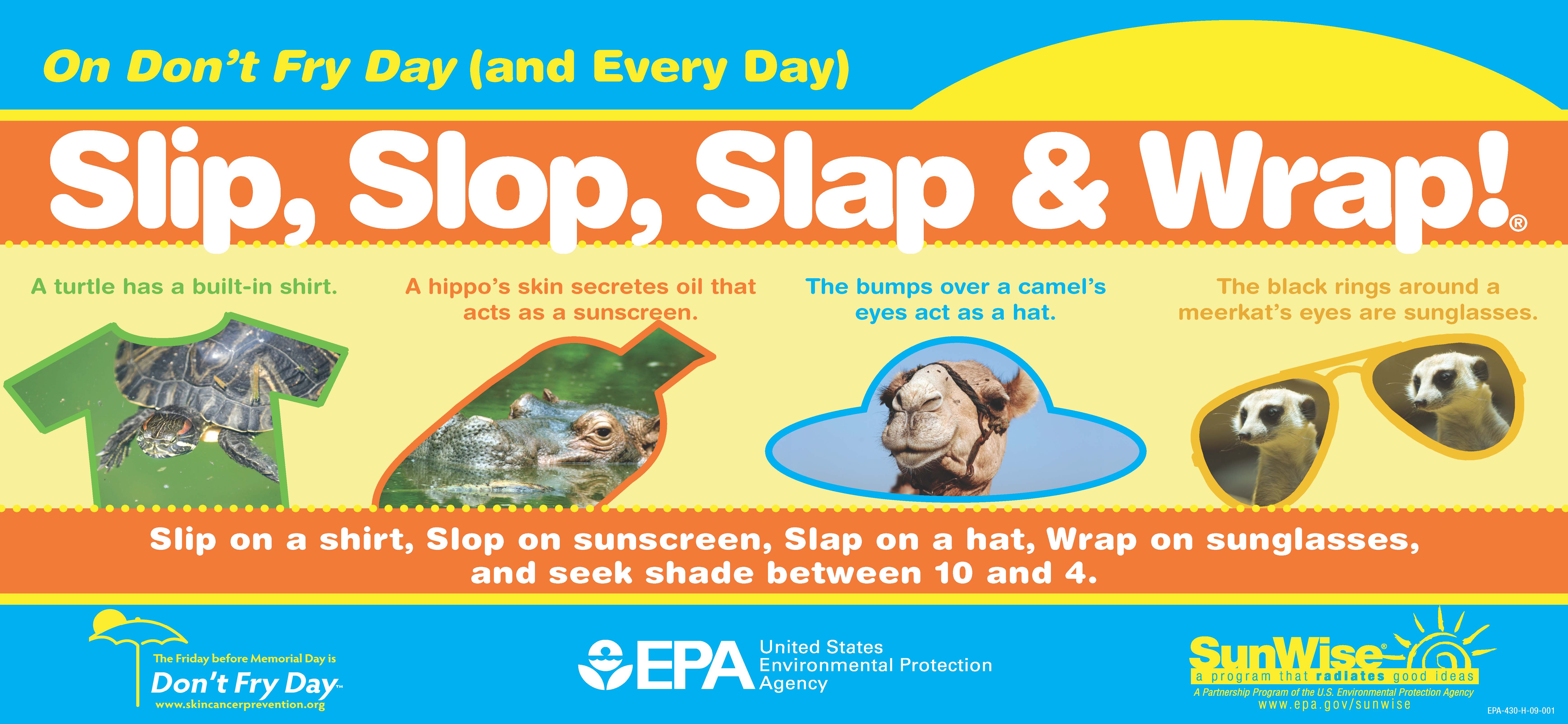
- Do Not Burn
Overexposure to the sun is the most preventable risk factor for skin cancer. - Avoid Sun Tanning and Tanning Beds
Ultraviolet (UV) light from tanning beds and the sun causes skin cancer and wrinkling. If you want to look like you’ve been in the sun, use a sunless self--tanning product instead. - Cover Up
Wear protective clothing, such as a long--sleeved shirt, pants, a wide--brimmed hat, and sunglasses,where possible. - Seek Shade/Use Umbrellas
Seek shade when appropriate. Remember that the sun’s UV rays are strongest between 10 a.m. and 4 p.m. - Generously Apply Sunscreen
Generously apply sunscreen to all exposed skin using a Sun Protection Factor (SPF) of at least 30 that provides broad--spectrum protection from both UVA and UVB rays. Reapply every two hours, even on cloudy days, and after swimming or sweating. - Use Extra Caution Near Water, Snow and Sand
Water, snow and sand reflect the damaging rays of the sun, which can increase your chance of sunburn. - Check the UV Index
The UV Index provides important information to help you plan your outdoor activities in ways that prevent overexposure to the sun. Developed by the National Weather Service (NWS) and EPA, you can find the UV Index for your area online at: www.epa.gov/sunwise/uvindex.html - Get Vitamin D Safely
Get vitamin D safely through a diet that includes vitamin supplements and foods fortified with vitamin D. Don’t seek the sun or indoor tanning.

